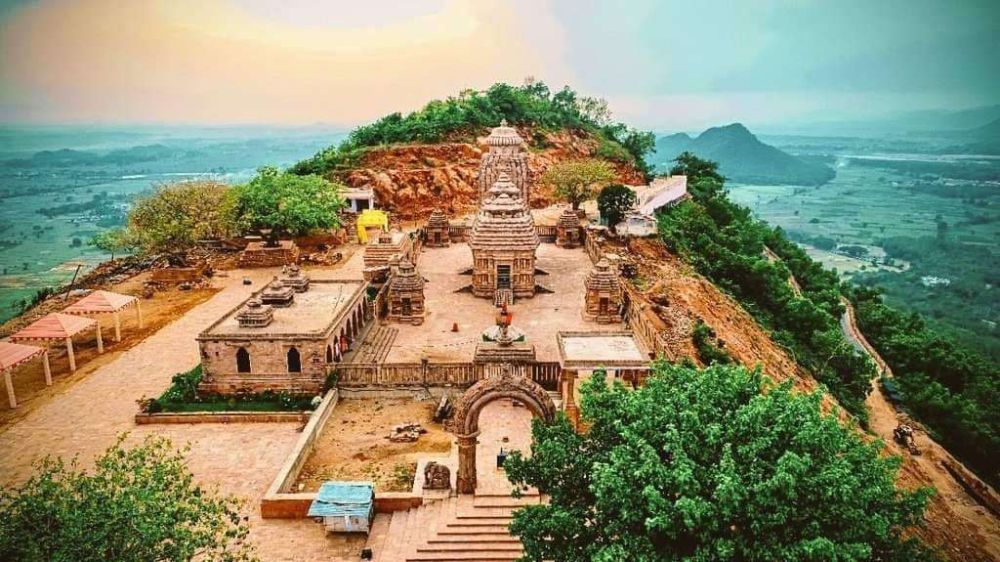

The Taratarini Temple, perched atop the Kumari Hills on the banks of the Rushikulya River near Berhampur in Odisha, India, is an ancient seat of Shakti worship. This temple is dedicated to the twin goddesses Tara and Tarini, manifestations of Adi Shakti, and is considered one of the oldest pilgrimage centers of Mother Goddesses in India.
The origins of the Taratarini Temple can be traced back to the prehistoric period, with early references found in the 'Puratapalli' copper plate of Shasanka, who was the King of Gauda (Bengal) in the early part of the 7th century AD. The current structure has gone through several phases of reconstruction and renovations over the centuries, with significant contributions from various regional dynasties, notably the Kalinga rulers.
It is also one of the four major ancient Tantra Peethas in India, believed to have been consecrated by the mythic sage Parasurama. The serenity of the temple, combined with the picturesque setting, draws devoted pilgrims and tourists alike, making it a notable point of interest in the religious tourism circuit of India.
Tourism at Taratarini Temple has historically been driven by its religious significance. The temple witnesses a huge influx of devotees during the special Hindu festivals of Chaitra Yatra and the Durga Puja celebrations. It is during these times that the 'Chaitra Mela,' one of the biggest fairs in Odisha, is held, which lasts from March to April. The temple's surroundings and the flight of 999 steps leading to the shrine provide a spiritual and physical journey for visitors, blending pilgrimage with a taste of adventure.
Local authorities and temple management have also made efforts to boost sustainable tourism around the temple by improving infrastructure, facilities, and connectivity, aiming to enhance the overall visitor experience while preserving the site's sanctity and natural beauty.
In recent years, the Government of Odisha has included the Taratarini Temple in its broader initiative to promote tourism in the region, acknowledging its potential for cultural and heritage tourism. This has included improvements to not only the temple precinct but also to the amenities and transportation facilities serving it.
Eco-Tourism: Sensing the growing conscientiousness among travelers, there has been an increased focus on eco-tourism. The area around Taratarini Temple is being developed with an emphasis on maintaining the ecological balance, initiating steps to prevent pollution, and creating awareness about the preservation of the natural habitat.
Experiential Tourism: Visitors are now looking for immersive experiences beyond the spiritual visit. They are interested in the culture, cuisine, and craft of the region. Efforts have been made to provide tourists with opportunities to explore the local culture through village tours and handicraft workshops.
Digital Outreach and Infrastructure: With growing digital penetration, online platforms are being used strategically to improve awareness and aid in the planning of pilgrimage and travel to Taratarini Temple. Infrastructure development, in tune with digital trends, includes facilities for online booking for darshan, accommodation, and other services.
In conclusion, the Taratarini Temple of Berhampur offers an enriching blend of spiritual fulfillment and a chance to experience the cultural heritage of Odisha. It stands as a beacon of the harmonious co-existence of ancient traditions and modern tourism developments.